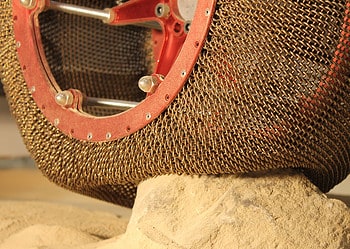I know, I know, we’ve spoiled you with awesome photos of Pluto already, this couldn’t possibly surprise you, could it? Well, I dare say NASA has done it again – this new batch of New Horizons images is absolutely breathtaking.
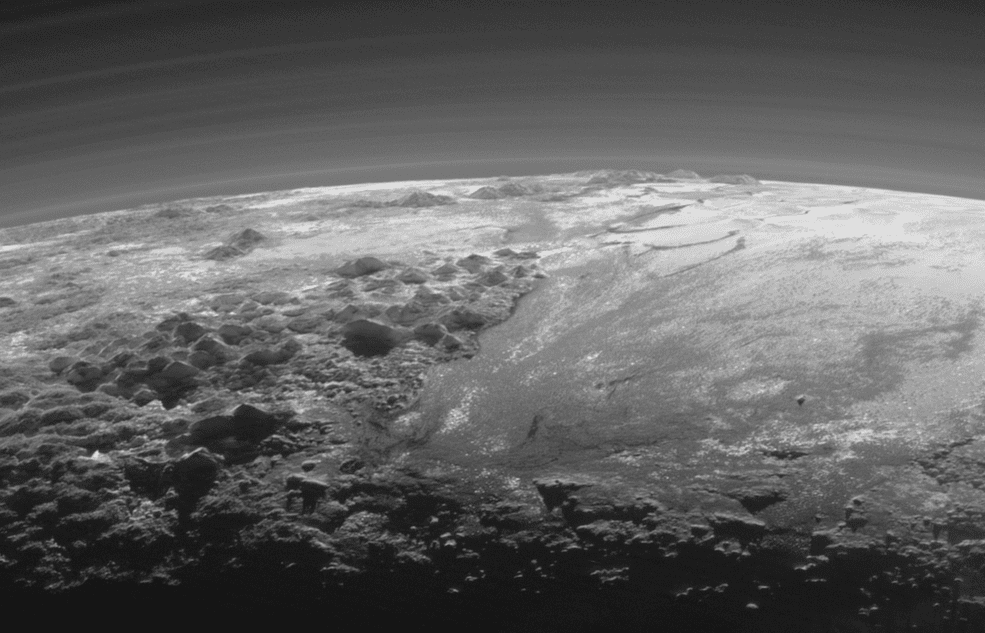
New Horizons is an interplanetary space probe launched to study Pluto and the outer areas of our solar system. On July 14, 2015 11:49 UTC (07:49 EDT), it flew 12,500 km (7,800 mi) above the surface of Pluto, making it the first human spacecraft to study the small planetoid. It took so many photos and analyzed so much information that NASA will be downloading it for about a year.
These oblique images offer an unprecedented look into Pluto’s landscapes, with dramatic backlighting from the Sun. The scene above measures 780 miles (1,250 kilometers) across. It almost looks like taken from a hot air balloon.
“This image really makes you feel you are there, at Pluto, surveying the landscape for yourself,” said New Horizons Principal Investigator Alan Stern, of the Southwest Research Institute, Boulder, Colorado. “But this image is also a scientific bonanza, revealing new details about Pluto’s atmosphere, mountains, glaciers and plains.”
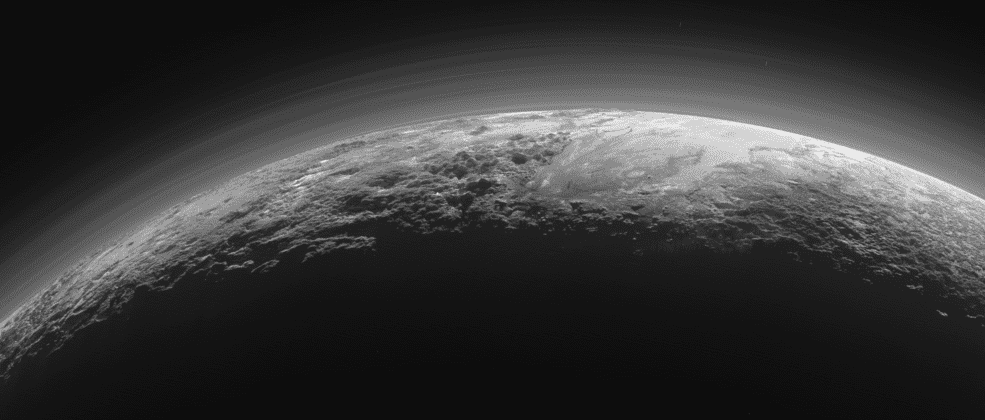
But it’s not just pretty pictures – New Horizons images offer a trove of valuable information about Pluto. Along with the previous photos, NASA now believe Pluto has an Earth-like hydrological cycle, but one which involves soft and exotic ices like nitrogen, instead of water.
“In addition to being visually stunning, these low-lying hazes hint at the weather changing from day to day on Pluto, just like it does here on Earth,” said Will Grundy, lead of the New Horizons Composition team from Lowell Observatory, Flagstaff, Arizona.
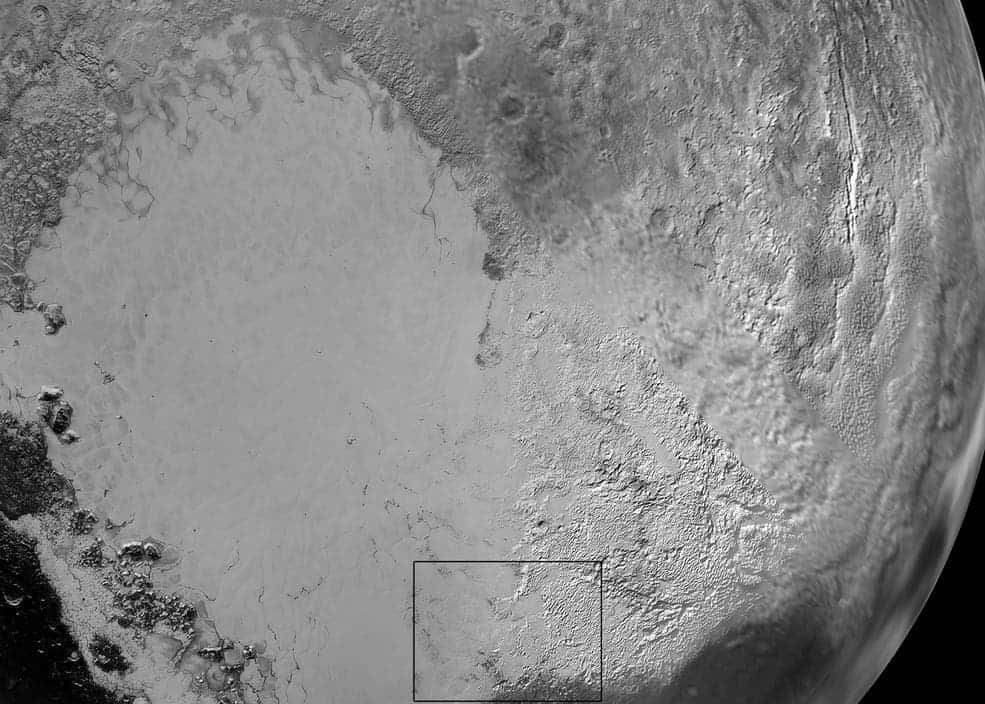
Credits: NASA/JHUAPL/SwRI
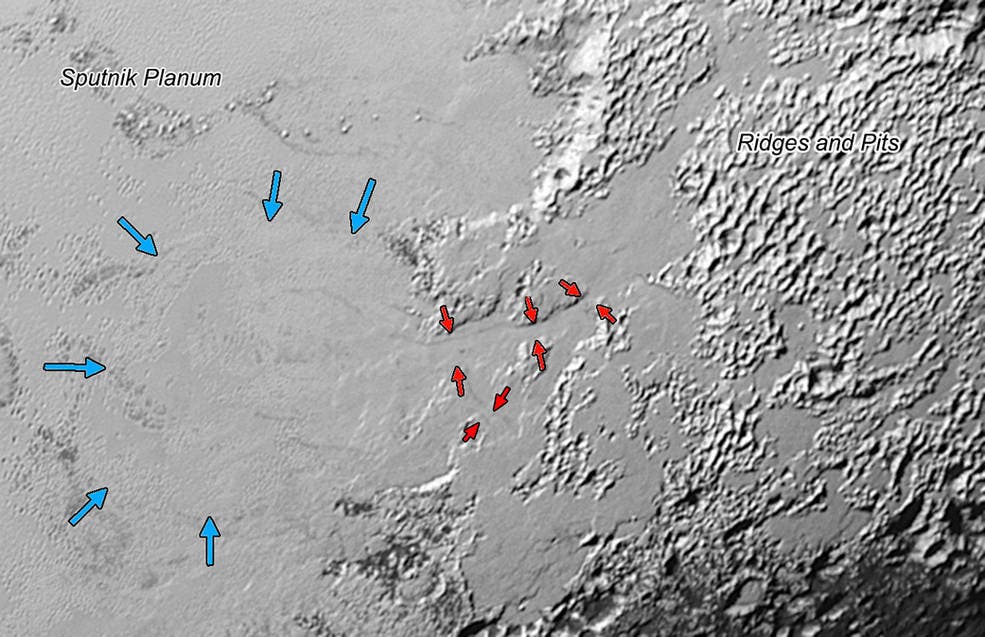
Credits: NASA/JHUAPL/SwRI
This comes as a surprise because NASA wasn’t expecting to find liquid or frozen nitrogen at all – let alone a hydrological cycle.
“We did not expect to find hints of a nitrogen-based glacial cycle on Pluto operating in the frigid conditions of the outer solar system,” said Alan Howard, a member of the mission’s Geology, Geophysics and Imaging team from the University of Virginia, Charlottesville. “Driven by dim sunlight, this would be directly comparable to the hydrological cycle that feeds ice caps on Earth, where water is evaporated from the oceans, falls as snow, and returns to the seas through glacial flow.Pluto is surprisingly Earth-like in this regard,” added Stern, “and no one predicted it.”
The next step is to study the photos and determine, from the morphology what kind of geological and erosional features are present on Pluto. They’ve already identified some interesting features.
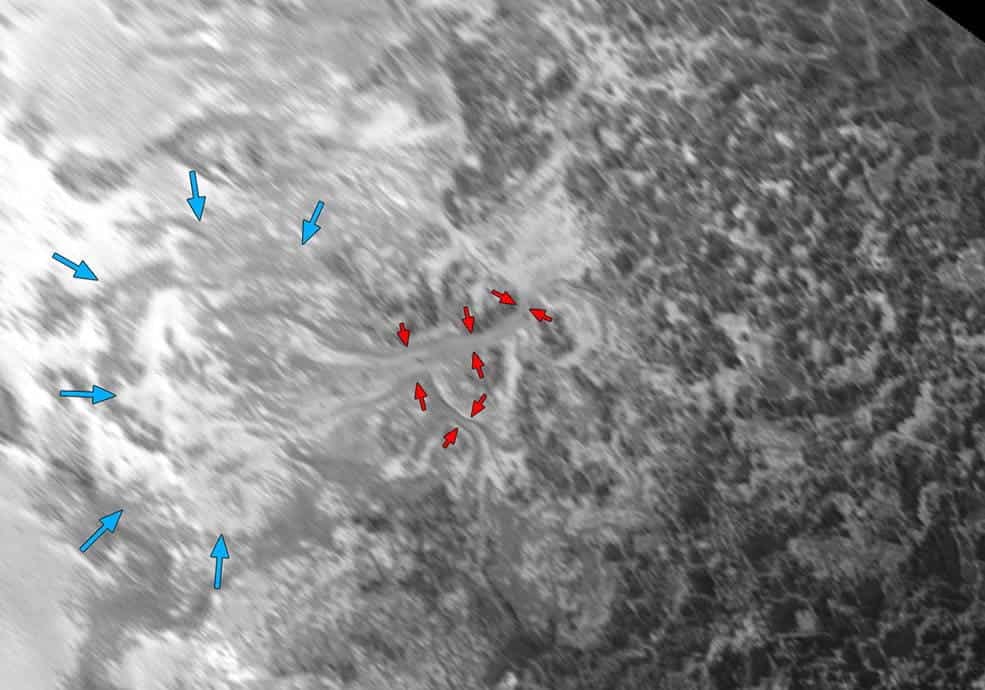
Credits: NASA/JHUAPL/SwRI
